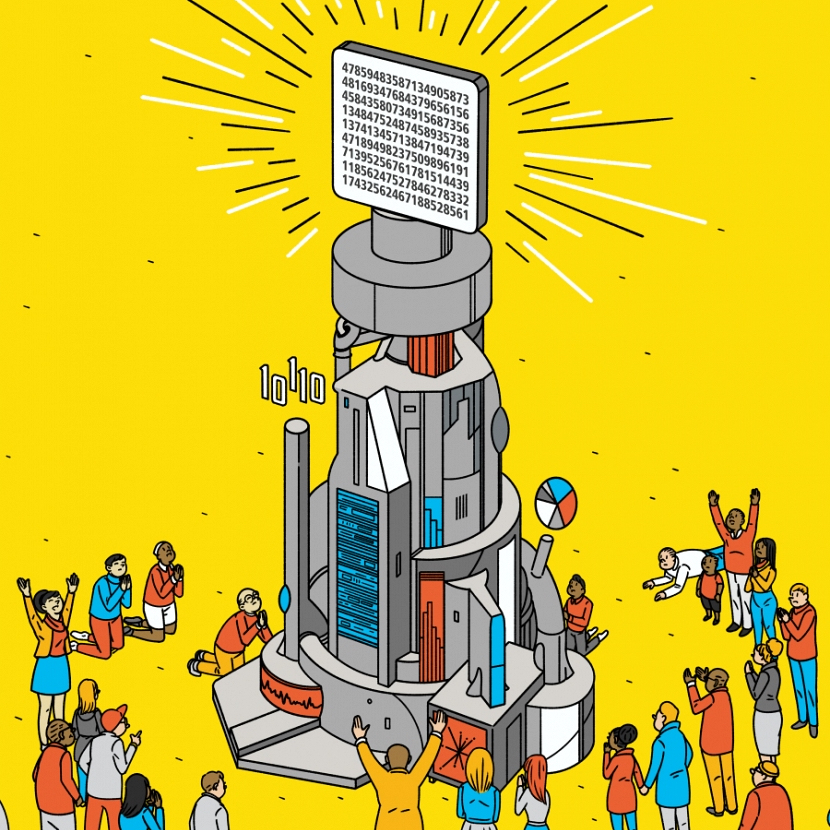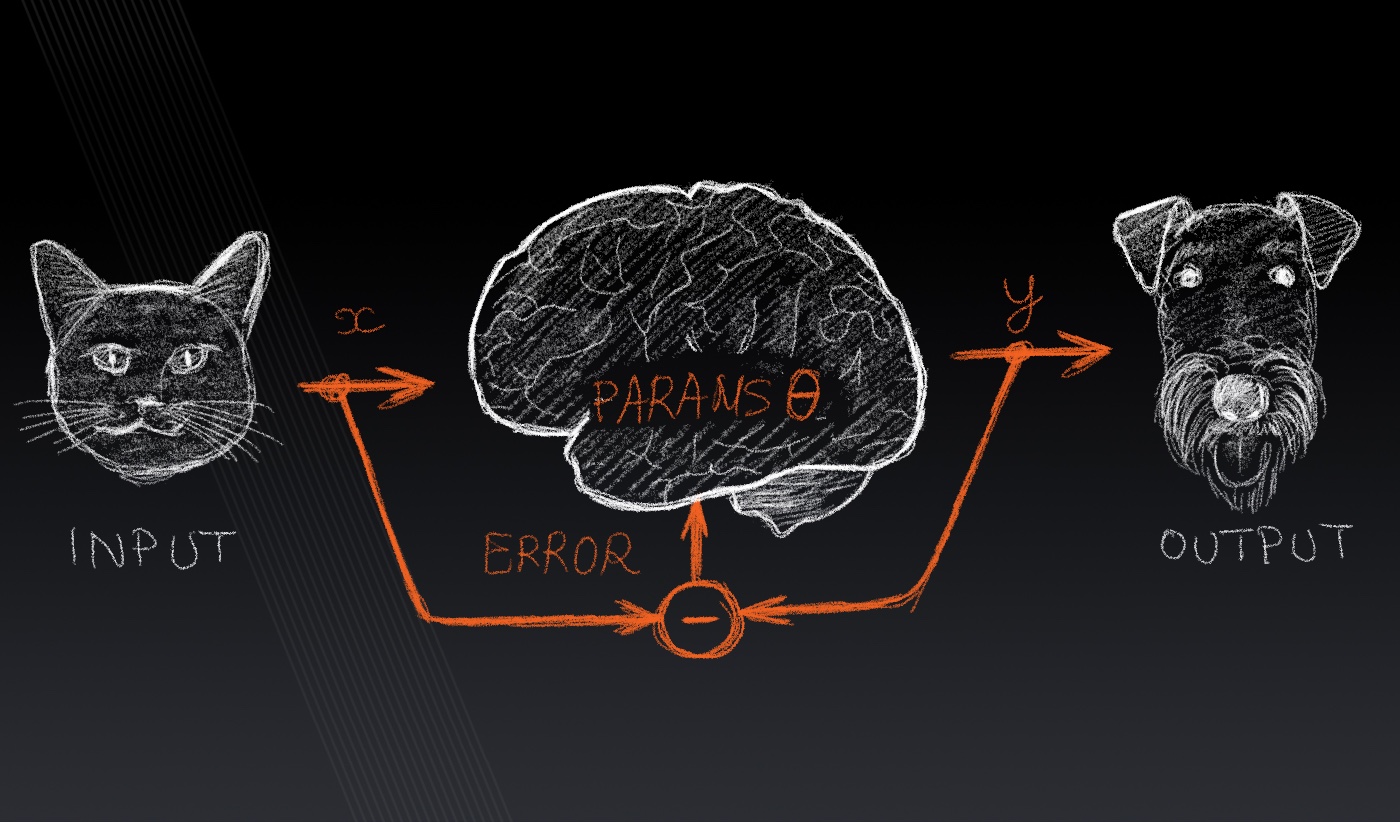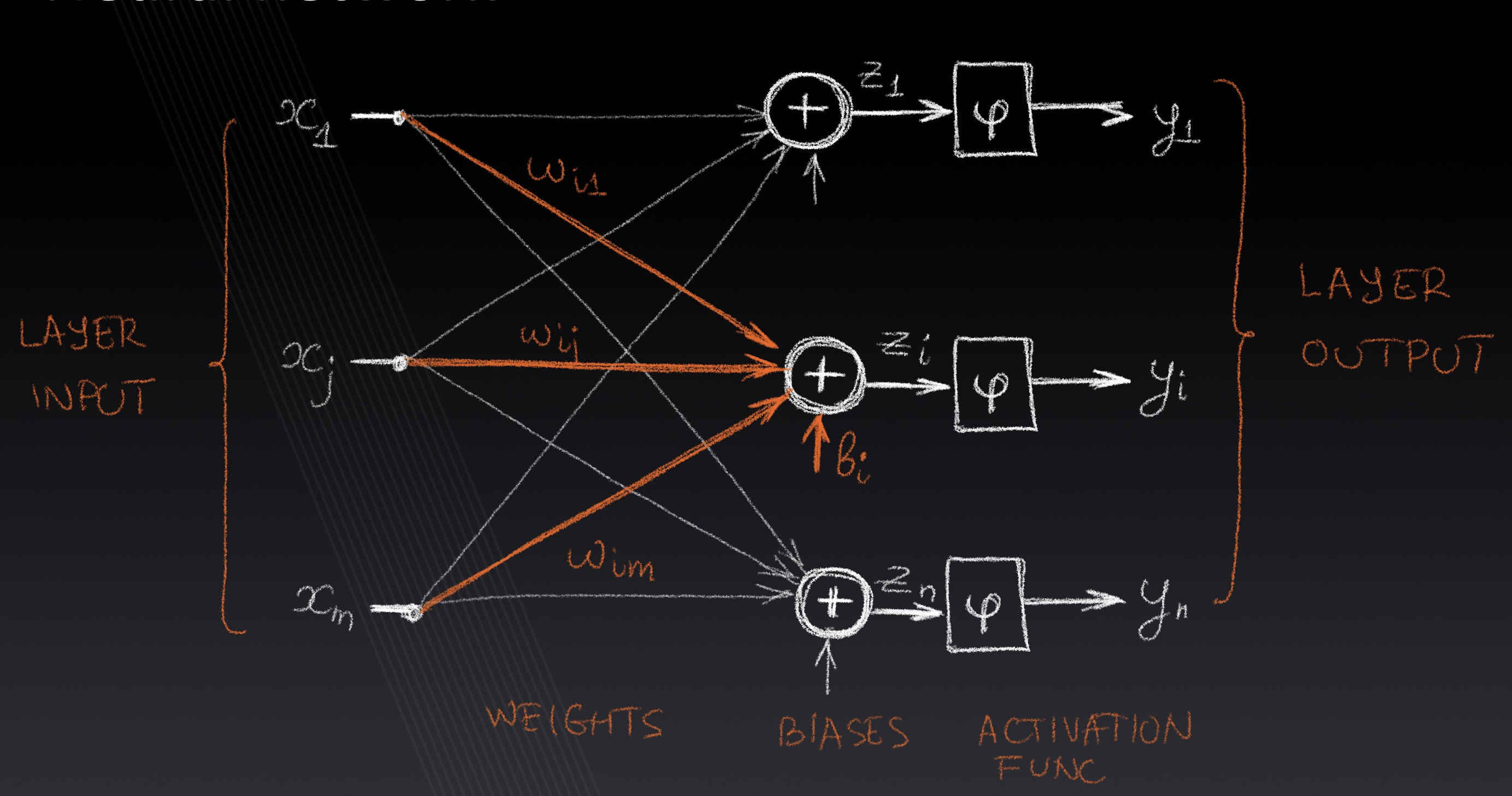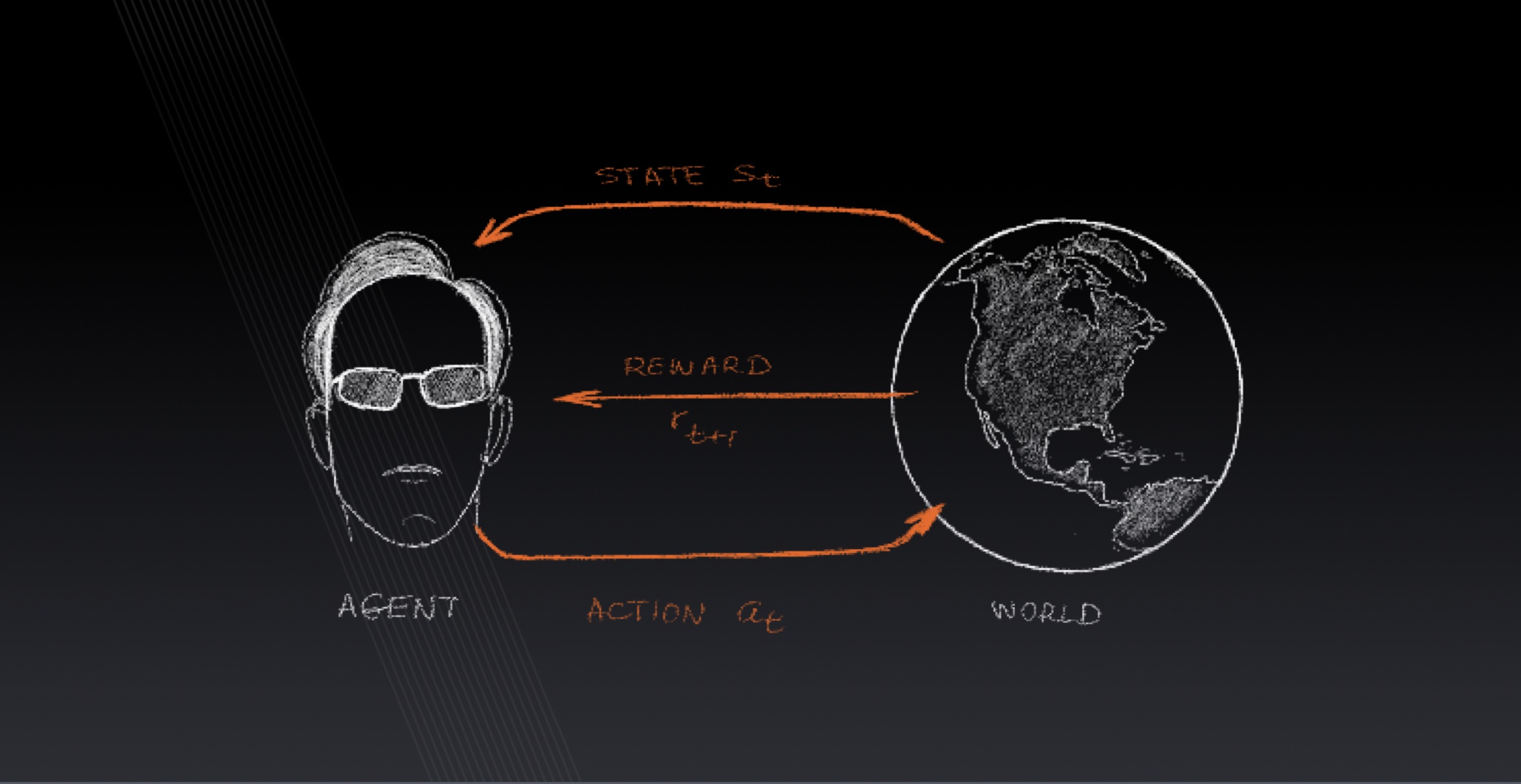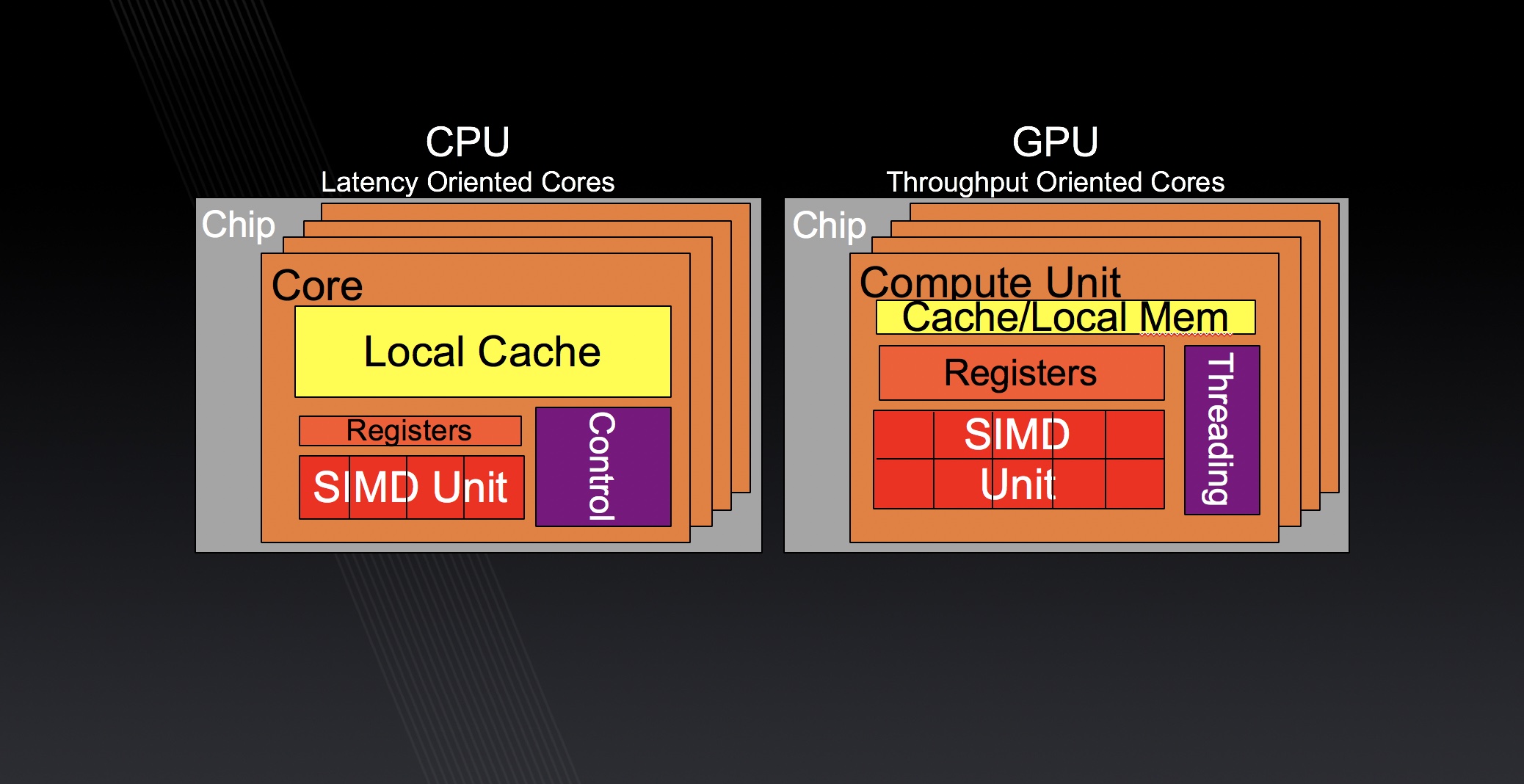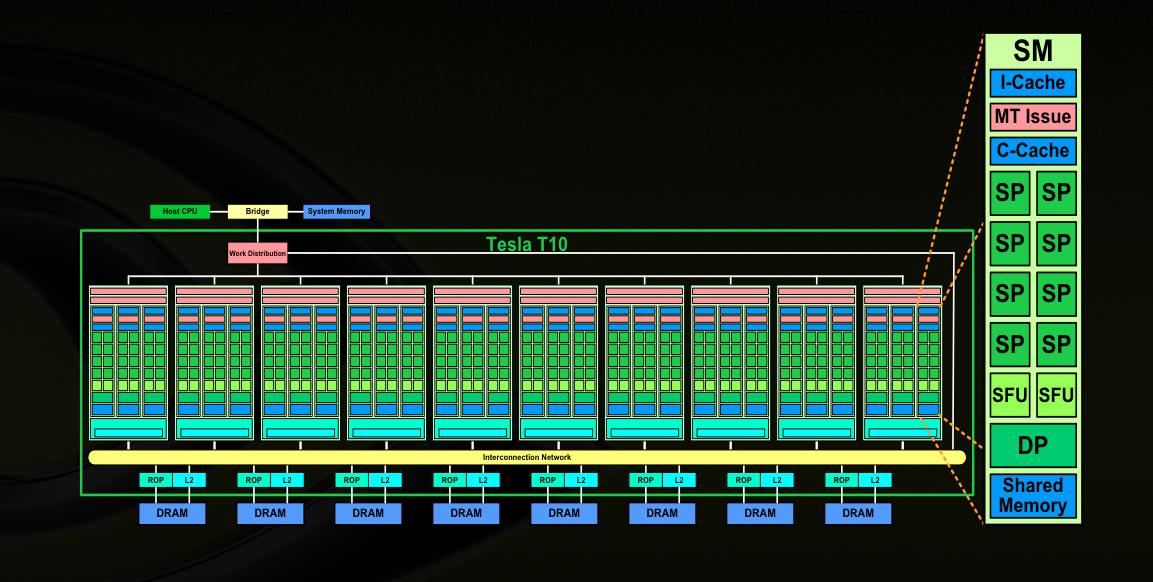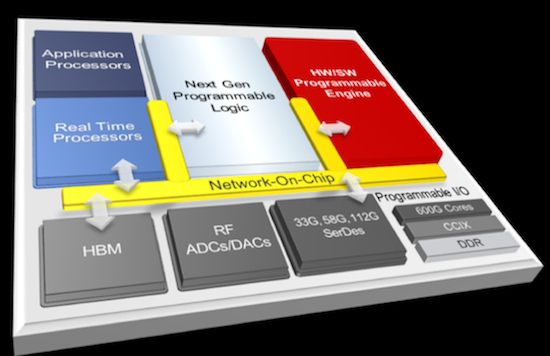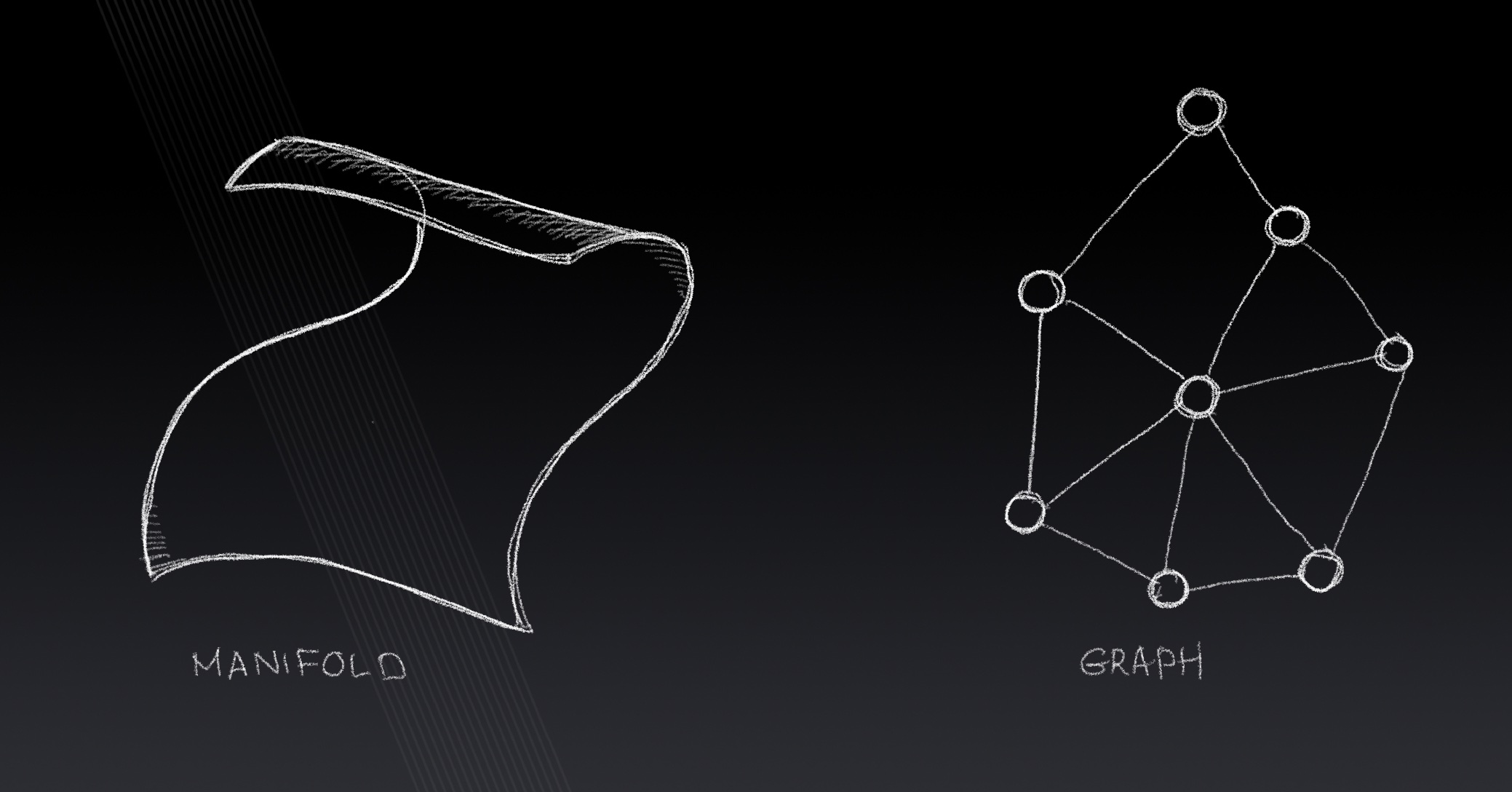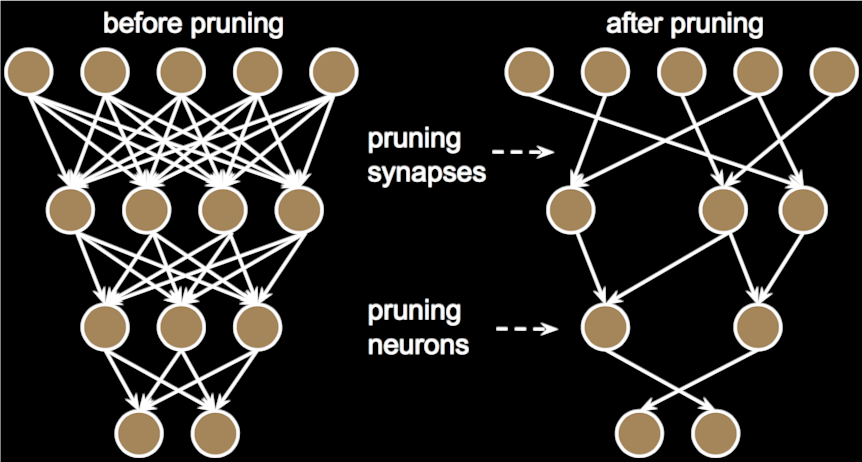Lectures
The accompanying material for each lecture is posted here.
Lecture 1: Introduction
Origins of deep learning, course goals, overview of machine-learning paradigms, intro to computational acceleration.
Lecture 2: Supervised learning
Supervised learning problem statement, data sets, hypothesis classes, loss functions, basic examples of supervised machine learning models, adding non-linear...
Lecture 3: Neural Networks
Linear and multilayer Perceptron, loss functions, activation functions, pooling, weight sharing, convolutional layers, gradient descent, backpropagation.
Lecture 4: Training Neural Networks
Approximation, estimation and optimization errors, regularization, loss surface curvature, descent-based optimization methods, second-order methods.
Lecture 5: Sequence Models
RNN model, input-output sequences relationships, non-sequential input, layered RNN, backpropagation through time, word embeddings, attention, transformers.
Lecture 6: Unsupervised Learning and Generative Models
Subspace models, autoencoders, unsupervised loss, generative adversarial nets, domain adaptation.
Lecture 7: Reinforcement Learning
Markov decision process, policies, rewards, value functions, the Bellman equation, q-learning, policy learning, actor-critic learning, AutoML.
Lecture 8: Intro to Parallel Architectures
Parallelism and multithreading, execution of DL tasks, CPU vs. GPU architectures, CUDA programming model.
Lecture 9: Parallel Architectures for Training
NVidia GPU architectures, memory hierarchy, CUDA threads, unified memory, optimizations for CNNs, hardware architectures for training.
Lecture 10: Parallel Architectures for Inference
Challenges of inference, low-bit representations, pruning, GPU vs FPGA and ASIC, TPU architecture.
Lecture 11: Learning on Non-Euclidean Domains
Toeplitz operators, graphs, fields, gradients, divergence, Laplace-Beltrami operator, non-euclidean convolution, spectral and spatial CNN for graphs.
Lecture 12: Neural network compression
SVD for linear layers, flattened and grouped convolutions, pruning and retraining, network weights quantization.
Lecture 13: Object detection
CV-based approaches, R-CNN, RPN, YOLO, SSD, losses, benchmarks and performance metrics.
Additional Resources
-
The supplemental material page contains prerequisite topics you should be familiar with.
-
Detailed notes will be available for most lectures on the lecture notes page.

